When growing peppers in a greenhouse, gardeners often face unpleasant surprises. The most dangerous are pests. Insects damage fruits, root systems, leaves, and stems. Below, we’ll explore descriptions and photos of common pepper pests in greenhouses, along with effective control methods.
Table of contents
Causes and Signs of Pepper Pests
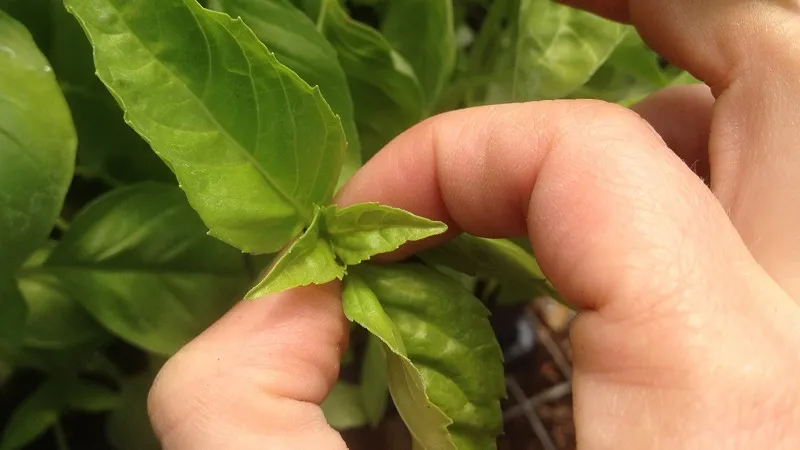
Main reasons for pest infestations on peppers:
- Migration from other crops. For example, aphids spread from tomatoes or cucumbers. Pests attack both greenhouse and open-field plants.
- Contaminated soil. Beginners often skip pre-planting soil sterilization or transfer soil containing insect larvae from open fields.
- Poor agricultural practices. Incorrect watering, fertilization, or delayed pest control measures lead to rapid pest reproduction.
- Unfavorable climate conditions. Some pests thrive in heat, others in overly moist soil. Overwatering and poor greenhouse ventilation create ideal conditions for diseases caused by pests.
- Overcrowded planting. Dense foliage blocks sunlight, preventing soil warming and encouraging pest infestations.
Signs of pest presence:
- Weak stems;
- Rapid wilting;
- Phytophthora, gray mold, or bacterial infections.
In severe cases, infected plants die. Pests and diseases then spread to neighboring peppers and other greenhouse crops.
Damage Caused by Pests
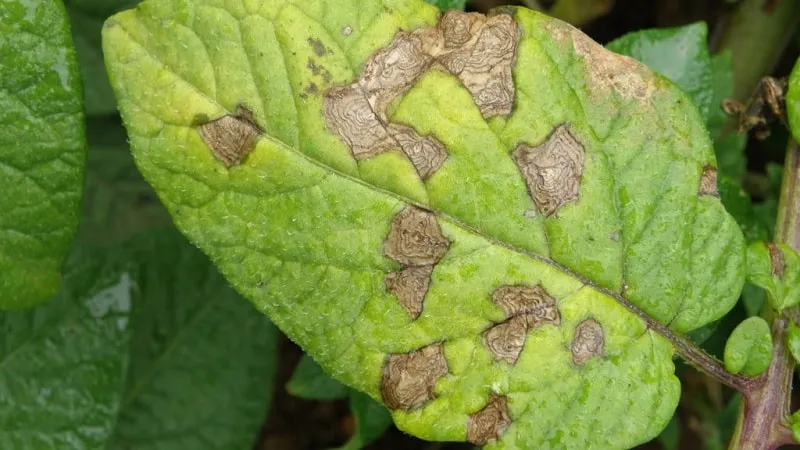
Insects suck sap from stems and leaves, devour roots and fruits, and often kill plants. Their secretions and waste promote infections like phytophthora, gray mold, and bacterial diseases, which can destroy entire crops.
Common Pepper Pests in Greenhouses
Even with proper care, peppers can fall victim to pests. Early detection and action are crucial to saving plants.
Slugs
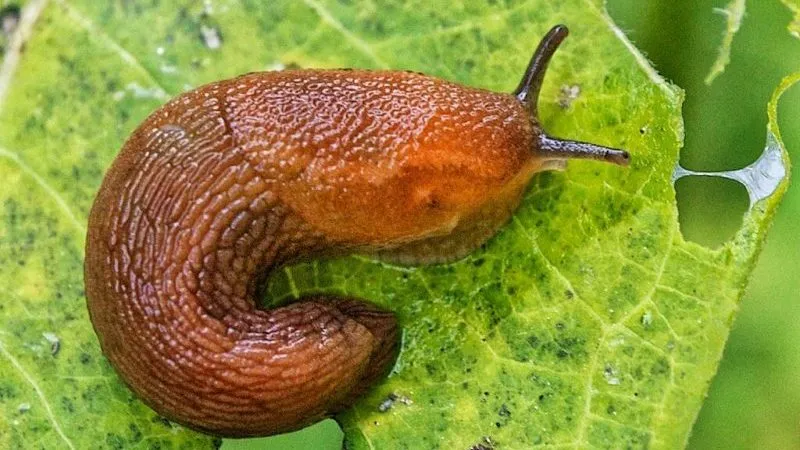
These shell-less mollusks may seem harmless but can devastate peppers, cabbage, beets, and cucumbers. Adults typically attack young plants.
Signs of slugs:
- Round holes in leaves;
- Slimy trails;
- Rotting peppers;
- Droppings on stems and leaves.
Slugs hide underground or under debris during the day. They thrive in damp, overcrowded conditions but die in extreme heat.
Scale Insects
These pests damage foliage and fruits. Scale insects are small (2 mm) with a protective brown shield, making them hard to spot.
Photo of scale insects on peppers:
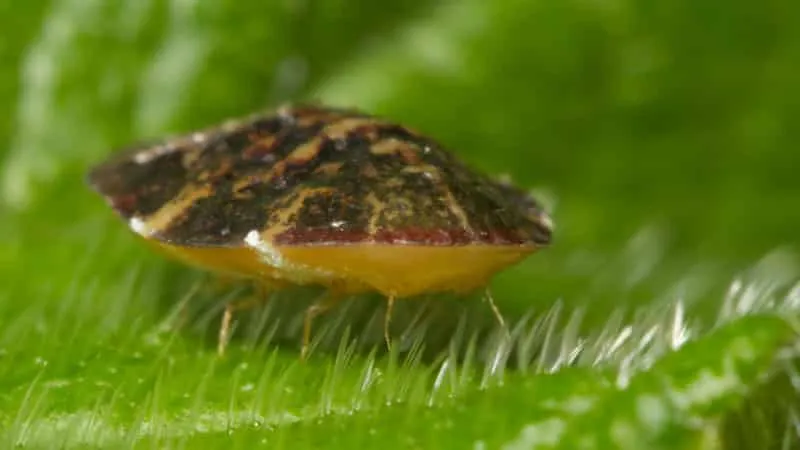
Larvae are the main threat—they pierce leaves to suck sap and leave sticky residue.
Note: Female scale insects live in this residue, becoming immobile while feeding on plants.
Whiteflies
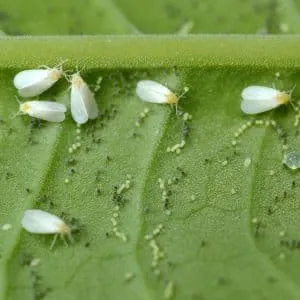
These tiny white moths are hard to detect, but their larvae cause curled leaves.
Whiteflies lay eggs on leaf undersides; the larvae then drain plant sap.
Signs:
- Curled leaves;
- Sticky honeydew;
- Plant death.
Larvae secretions encourage fungal growth, often leading to bacterial infections.
Aphids
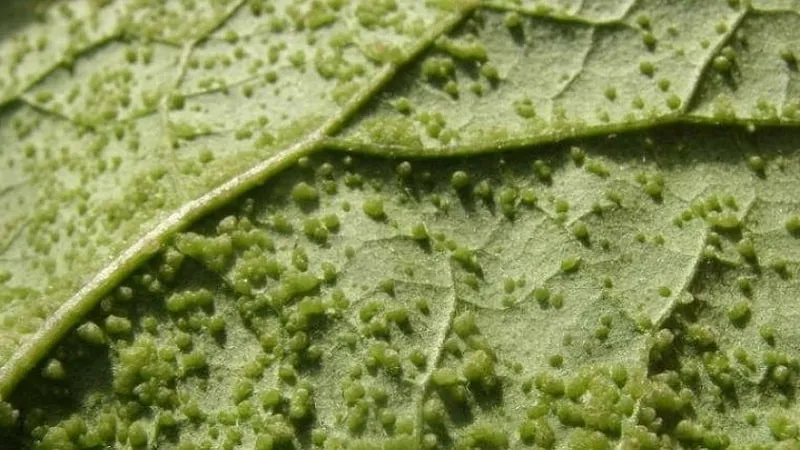
Small, soft-bodied green insects that suck sap and attract ants. They spread quickly and cause phytophthora.
Signs:
- Clusters of green insects;
- Sticky residue on leaves;
- Ants nearby;
- Chewed leaf edges;
- Yellow, curled leaves;
- Stunted growth and deformed fruits.
Ants leave once aphids are eliminated.
Spider Mites
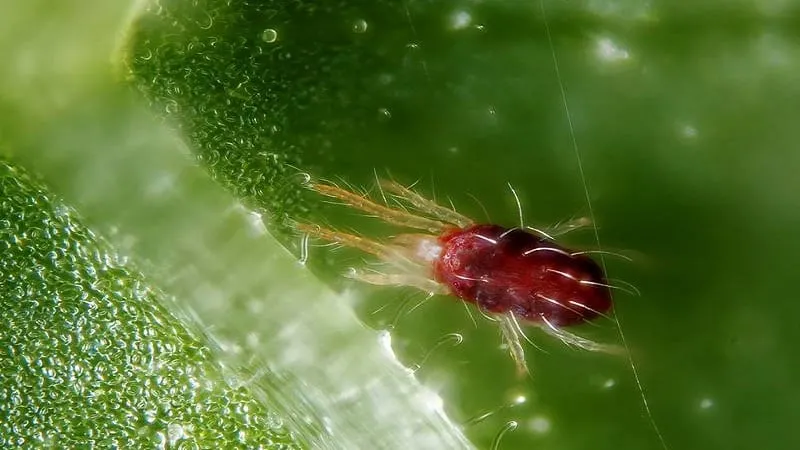
These tiny arachnids suck sap, weakening plants. They spread via water, soil, and tools.
Signs:
- Fine webbing;
- Holes in leaves;
- Dead flowers and buds;
- Yellow, wilted foliage.
Immediate treatment is essential to save crops.
Wireworms
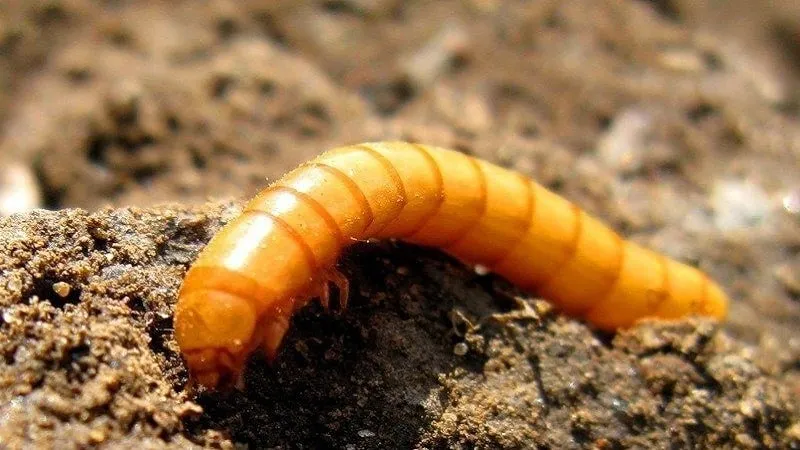
These soil-dwelling larvae attack roots. Signs include wilting tops and weak stems. The hard, dark-brown larvae (up to 5 cm long) live for years underground.
Cutworms
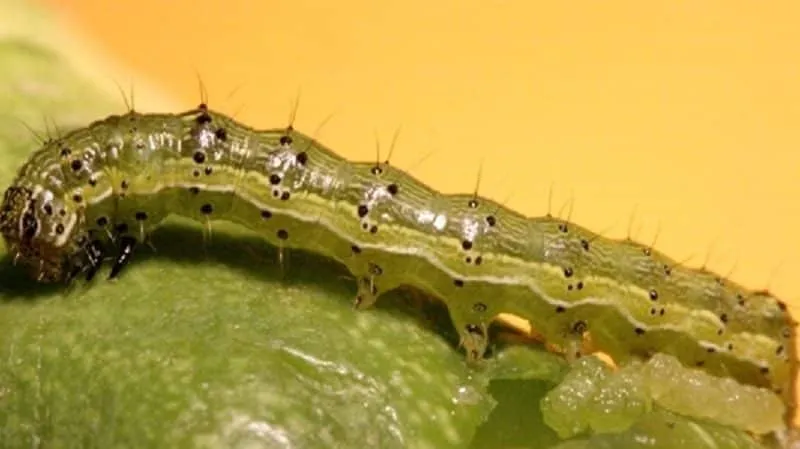
Nocturnal pests that reduce yields. Larvae eat leaves and fruits.
Signs:
- Chewed leaf edges;
- Fruit damage;
- Yellow, wilted leaves.
Larvae hide in soil during the day.
Thrips
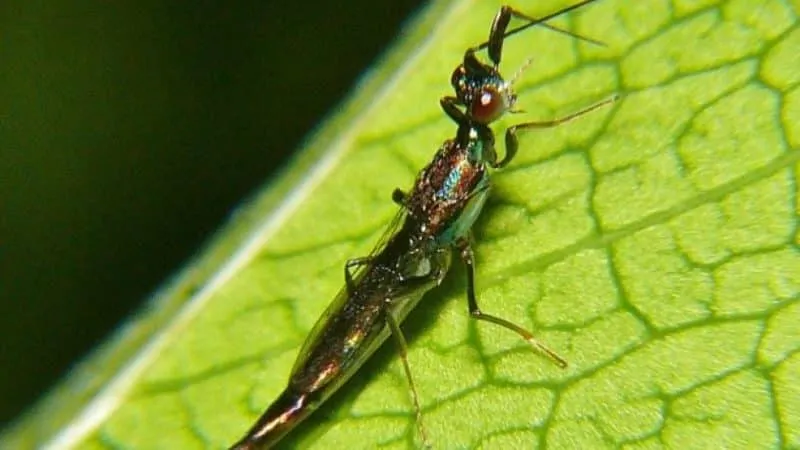
Tiny (1.5 mm) jumping insects that drain sap, causing wilting.
Signs:
- Yellow streaks on leaves;
- Visible when shaking plants;
- Leaf death.
Thrips spread diseases like tobacco mosaic virus.
Colorado Potato Beetle
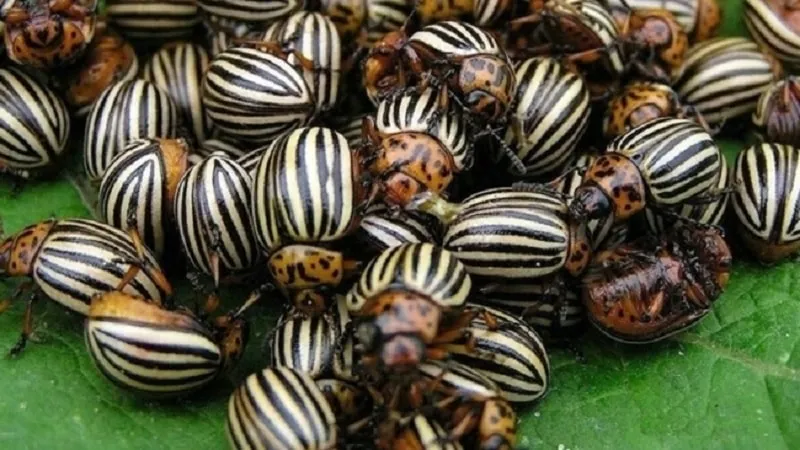
Hardy pests resistant to many poisons. Adults have black-and-white stripes; larvae are pinkish-brown.
Signs:
- Beetles on plants;
- Orange egg clusters;
- Chewed leaves.
They overwinter in soil.
Mole Crickets
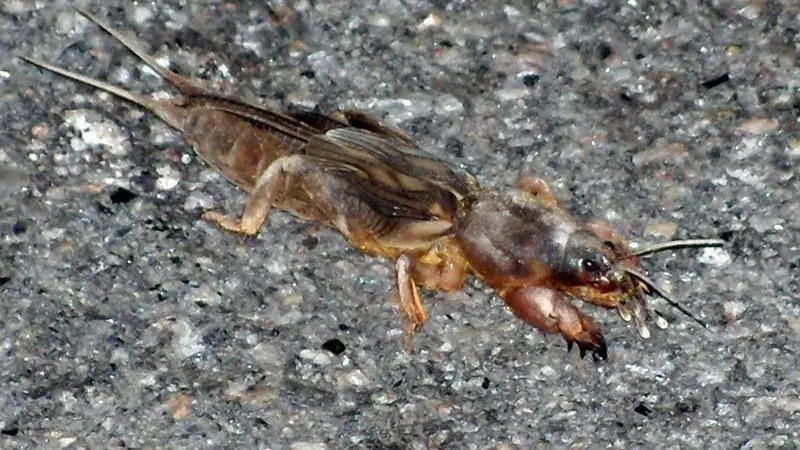
Large (5 cm) underground pests with powerful jaws. They tunnel to roots, killing plants.
Signs:
- Soil mounds near plants;
- Rapid wilting.
Grub Worms
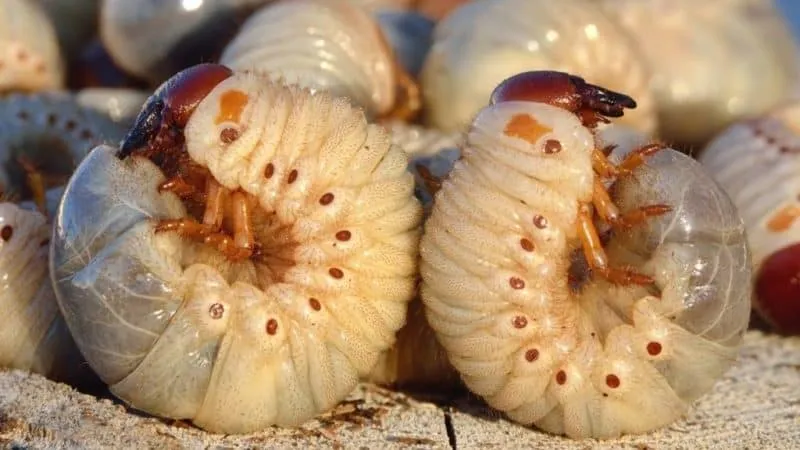
White, C-shaped larvae that feed on roots for years.
Signs:
- Larvae in soil;
- Yellow, stunted plants.
Ants
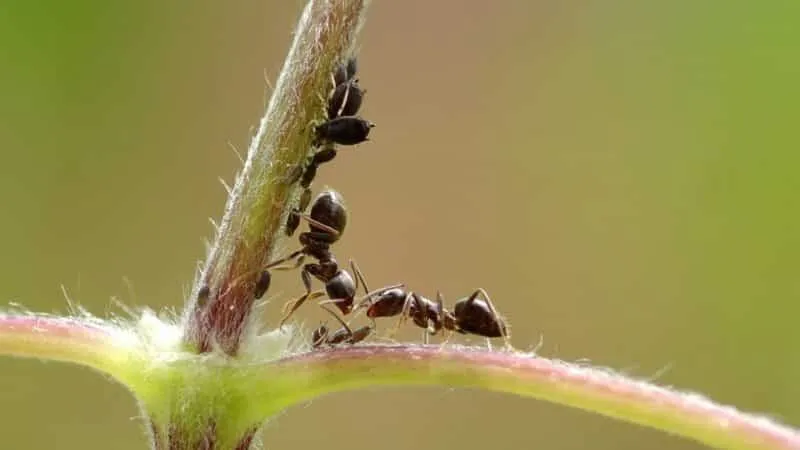
Ants farm aphids for honeydew, worsening infestations. They’re easily spotted moving on plants or soil.
Caterpillars
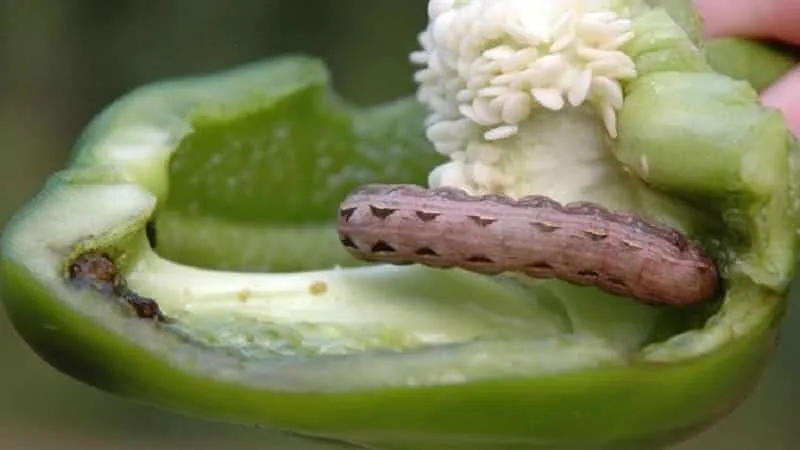
Various species (e.g., cabbage loopers, cutworms) eat leaves and fruits.
Signs:
- Holes in leaves;
- Visible caterpillars.
Nematodes
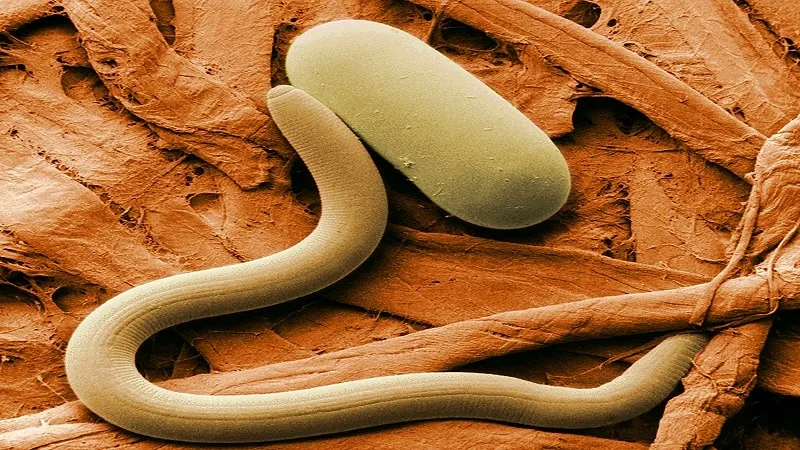
Microscopic worms causing root galls. Infected plants wilt and die.
Warning! Nematode-infected plants must be destroyed. Replace top 50 cm of soil and disinfect tools.
Other Pests
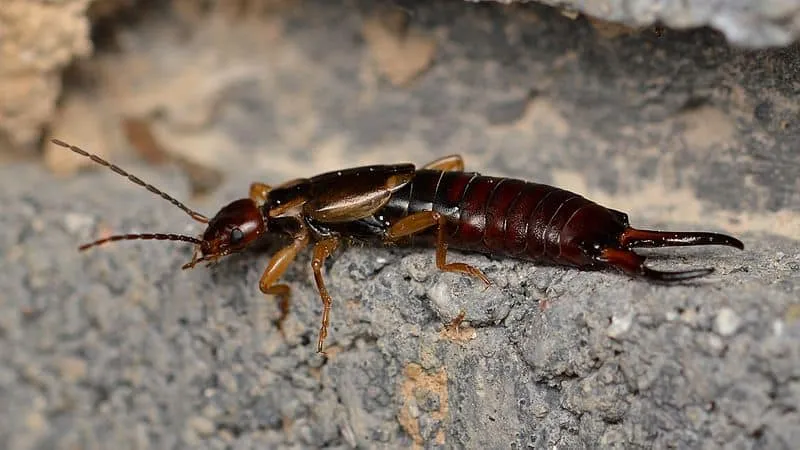
Earwigs hide by day and eat young peppers at night. Signs include wilted plants and darkened fruits.
How to Treat Pepper Pests
Options include chemicals, biological controls, and home remedies.
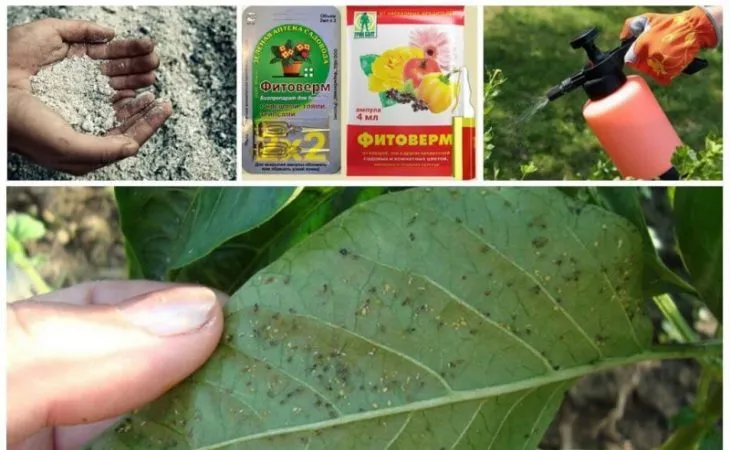
Manual Removal
Handpick beetles, caterpillars, and slugs. Use beer traps for slugs. Remove severely infected plants.
For worms, replace topsoil (20–50 cm).
For aphids, introduce ladybugs.
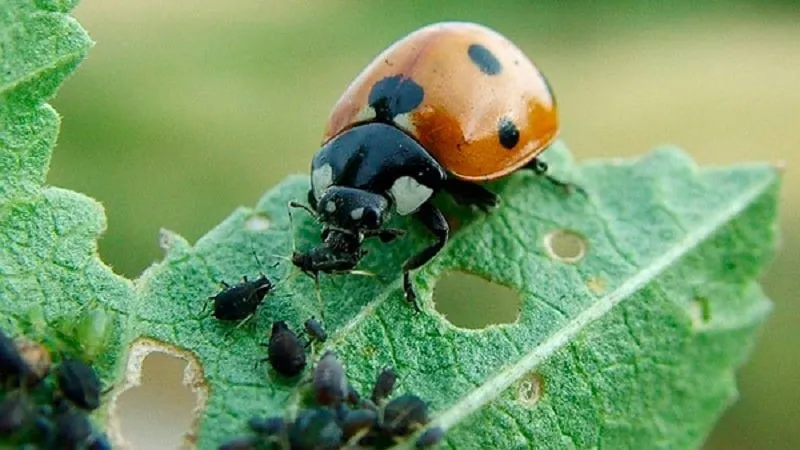
Home Remedies
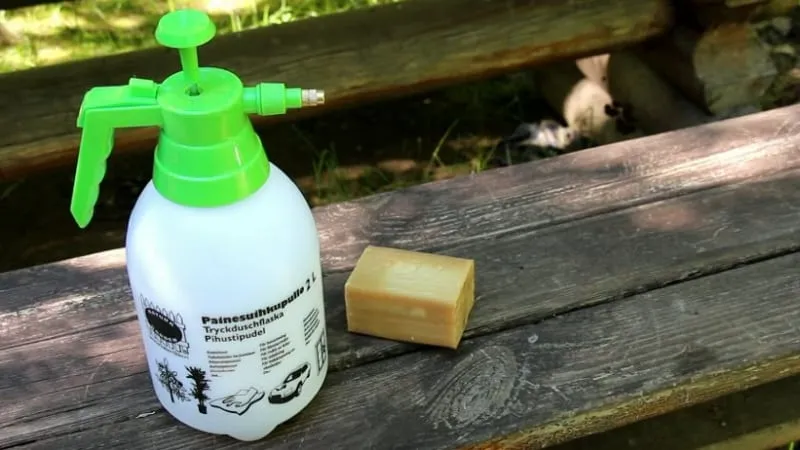
Effective for mild infestations:
- Diatomaceous earth or coarse sand — damages soft-bodied pests.
- Soap spray — mix 40 g soap + 2 g kerosene in 10 L water. Apply monthly.
- Soap-ash spray — 1 cup ash + 50 g soap in 9 L water. Spray biweekly.
- Garlic spray — soak 200 g crushed garlic in 2 L hot water; dilute to 10 L. Spray twice monthly.
Biological Controls
Safe for humans and plants. Use as directed.
Popular options: Botanigard, Spinosad, NeemAzal.
Effective against aphids, whiteflies, and ants — but not worms or caterpillars.
Pharmacy Remedies
Budget-friendly and low-toxicity.
Common solutions:
- Iodine spray — 1 L whey + 10 ml iodine in 9 L water. Spray biweekly.
- Boric acid — 20 g in 10 L water. Apply 0.5 L per plant during fruiting.
- Potassium permanganate — light pink solution + 500 g ash per 10 L water. Spray every 3 weeks.
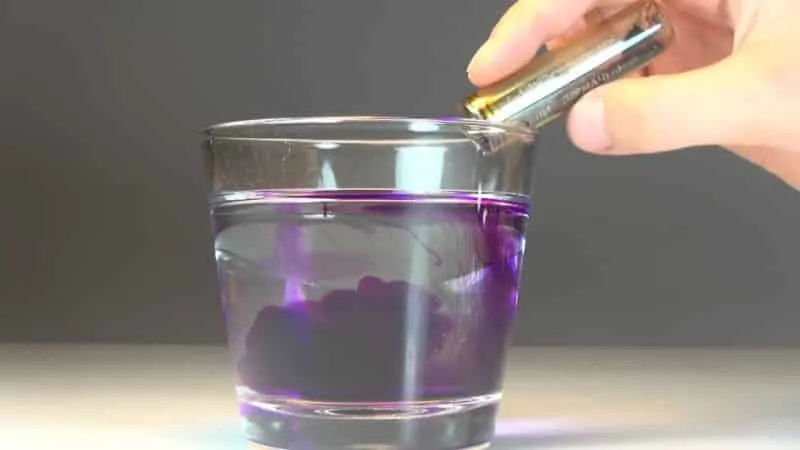
Chemical Pesticides
Use as a last resort due to toxicity. Avoid during flowering.
Recommended products:
- Botanigard — for beetles, caterpillars, mites, thrips, and aphids. Dilute per instructions.
- Spinosad — targets sap-sucking pests. Apply 3 times before flowering if severe.
- NeemAzal — controls whiteflies and mole crickets. Use weekly until fruiting.
- Pyrethrin — broad-spectrum insecticide. Follow label directions.
- Imidacloprid — systemic treatment for soil and foliar pests.
Treatment Schedule
Chemicals and biologics: Follow manufacturer instructions.
Home remedies: Apply up to 3 times monthly, preferably in dry weather.
Safety Precautions
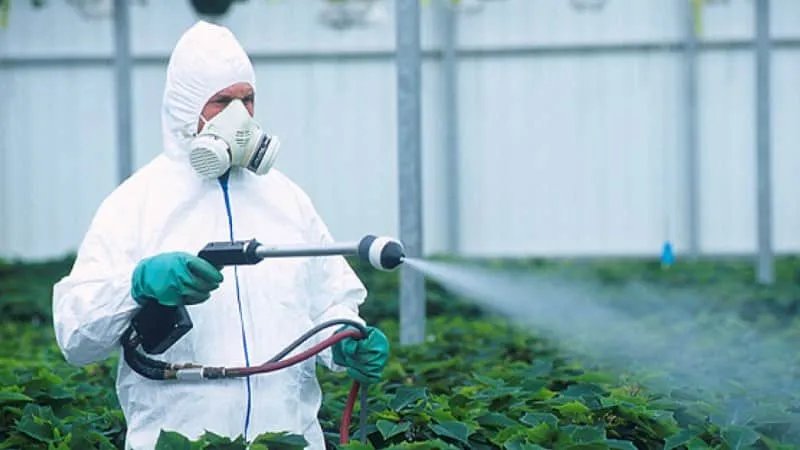
Wear gloves, masks, and protective clothing. Wash gear afterward. Store tools separately.
Prevention Tips
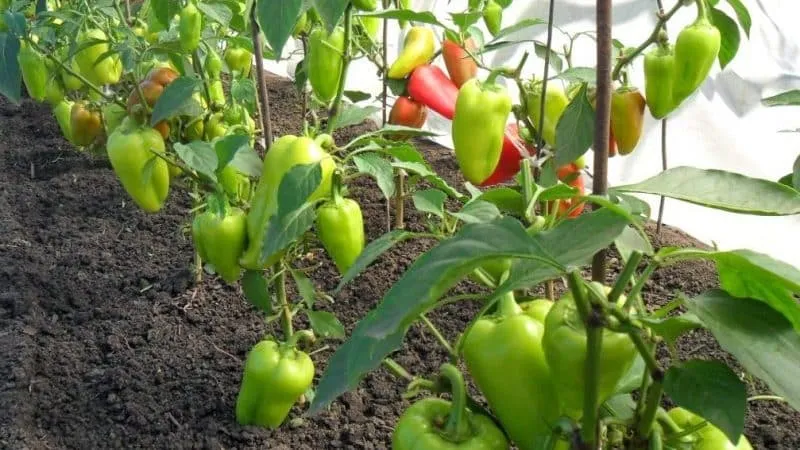
Key preventive measures:
- Crop rotation;
- Sterilized seeds and tools;
- Soil disinfection;
- Regular plant inspections;
- Proper watering and feeding;
- Weeding and aeration.
Conclusion
Pepper pests can be controlled with chemicals, biologics, or home remedies. Manual removal works for larger pests. Prevention is always better than cure — follow best practices to minimize infestations.







